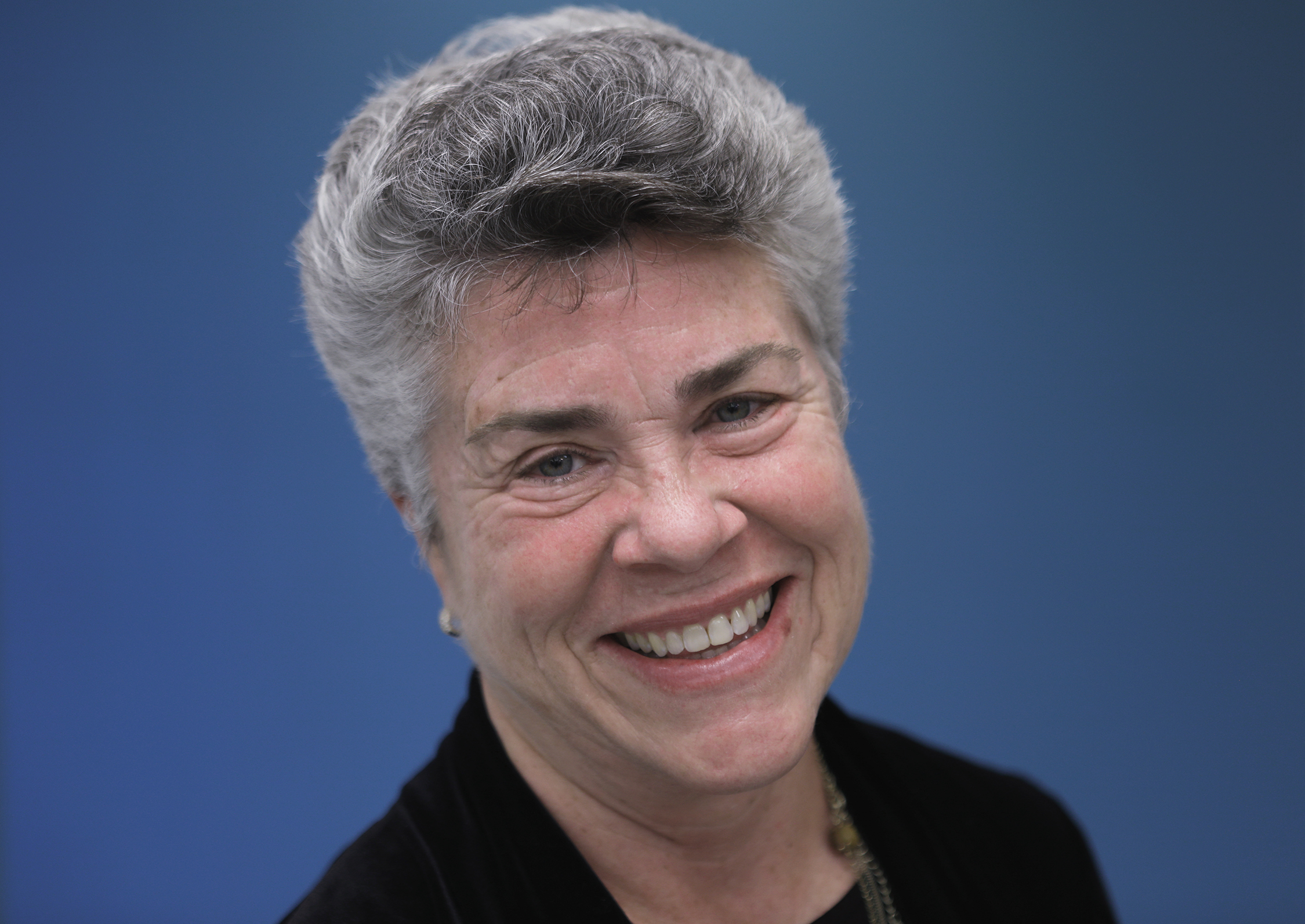
By Jonathan Stow, Najah Ryles, Brianna Baker and Brian Wood
Trinity Times Correspondents
When John Dover walks along the pathways of Trinity Washington University’s campus, he sees beauty and contentment at his place of employment, a far different environment than the household he grew up in, with an emotionally and physically abusive mother and a father who abandoned the family.
Dover – a name Trinity Times is using for him to protect his identity – believes his early use of drugs and alcohol was a way for him to cope with his childhood trauma and links his adult struggles with substance abuse to it.
Substance use disorder and alcohol use disorder are recent clinical names for drug addiction and alcoholism, both of which are complex issues sometimes deeply intertwined with Adverse Childhood Experiences (ACEs), said Brigid Noonan, dean of Trinity’s School of Nursing and Health Professions.

Noonan has spent many years providing counseling services to those struggling with drug and alcohol dependency and recently discussed the correlation with ACEs with a group of graduate students researching the topic in Trinity’s Clinical Mental Health Counseling program.
“There’s a lot of numbing going on there,” she said of men and women who use drugs and alcohol as a way of coping with childhood trauma, “which may have been helpful for them for a while, but we need to work on finding different coping methods.”
By the time Dover was 16 he added cocaine to the substances he had already been consuming, escalating to a full crack addition once he entered adulthood. This made his life unmanageable.
Dover’s addictions did, however, allow him to escape the pain of his childhood trauma.
“My mother had a lot of anger issues,” he told Trinity Times. “She took it out on us at home. She abused drugs.”
This didn’t end when Dover was an adult and he added that his mother’s abuse continued into the next generation of his family.
“She was even abusive toward my son when she was looking after him,” Dover said, adding that his son would develop problems of his own, struggling with physical and emotional abuse and spending years in prison.
It’s a cycle that isn’t uncommon in families, with rage, cruelty and substance abuse being passed along to multiple generations, Noonan said.
“I think my mother herself was abused,” Dover said, “because she had a lot of anger towards men.”
It’s important for people to seek help to break these kinds of cycles and to help treat substance use disorders related to ACEs, Noonan said.
About 9.5 million, or 3.8%, of U.S. adults over the age of 18 have both a substance use disorder (SUD) and a mental illness, according to a 2020 National Survey of Drug Use and Health sponsored by the National Center for Drug Abuse Statistics.
SUDs affect more than 20 million Americans aged 12 and older, the survey concluded.
Among the 15 million U.S. individuals with alcohol use disorder (AUD), less than 8% receive treatment, the survey said.
There are a variety of reasons why people don’t seek treatment, but chief among those causes stems from the sigma that comes with substance abuse, said Terri Wilkinson, CEO of T and N Services and Solutions, an SUD and AUD prevention and treatment clinic in Washington.
This stigma, fueled by misconceptions and judgment, acts as a formidable deterrent, isolating individuals and exacerbating the challenges they face, Wilkinson said.
It’s also why Dover asked Trinity Times not to use his real name.
“A lot of people don’t realize the bravery it takes to take the first step, to physically bring yourself through our doors and admit that you need help,” Wilkinson told Trinity Times.
Many T and N Services and Solutions clients approach treatment reluctantly and with apprehension, she said, noting that often they’ve been required to attend counseling as a condition of probation or parole, or as a final straw from a concerned partner or family member.
Raising awareness and education of the persistent nature of addiction, especially as it relates to traumatic experiences in childhood, is crucial to reducing the stigma that keeps many sufferers from seeking the help that they need, Wilkinson said.
Another obstacle is a shortage of counselors and facilities to treat people with SUD, AUD and trauma, Noonan said.
“There just aren’t enough beds,” she said, and “there simply aren’t enough services available to educate, prevent, and treat people who need it.”
Additionally, because of staffing shortages and scarce resources, addictions counselors face heavy caseloads, leading to burnout and a high turnover rate in the field, Noonan said, adding that she is hopeful that counseling programs like Trinity’s can help provide more care for people.
There is no one-size-fits-all approach to working with clients with addiction issues and childhood trauma, she said.
The key, Noonan insisted, is to work with the information that the client is willing to offer.
“It’s very rare that someone says, ‘I’m here because I have a substance abuse problem and I’ve suffered negative and traumatic experiences as a child,'” she said. “So, I’m going to wade very carefully, particularly if they’re still using (drugs and alcohol) and if they’ve never gotten treatment for their childhood trauma.”
Healthcare professionals highlight a need to advocate for better insurance coverage for mental health treatment, and community outreach programs and initiatives to bridge the gap, ensuring that everyone, regardless of their socio-economic background, has access to the care they need.”Addiction affects every race, every culture, every age group,” Noonan said, asserting that the disease doesn’t discriminate.